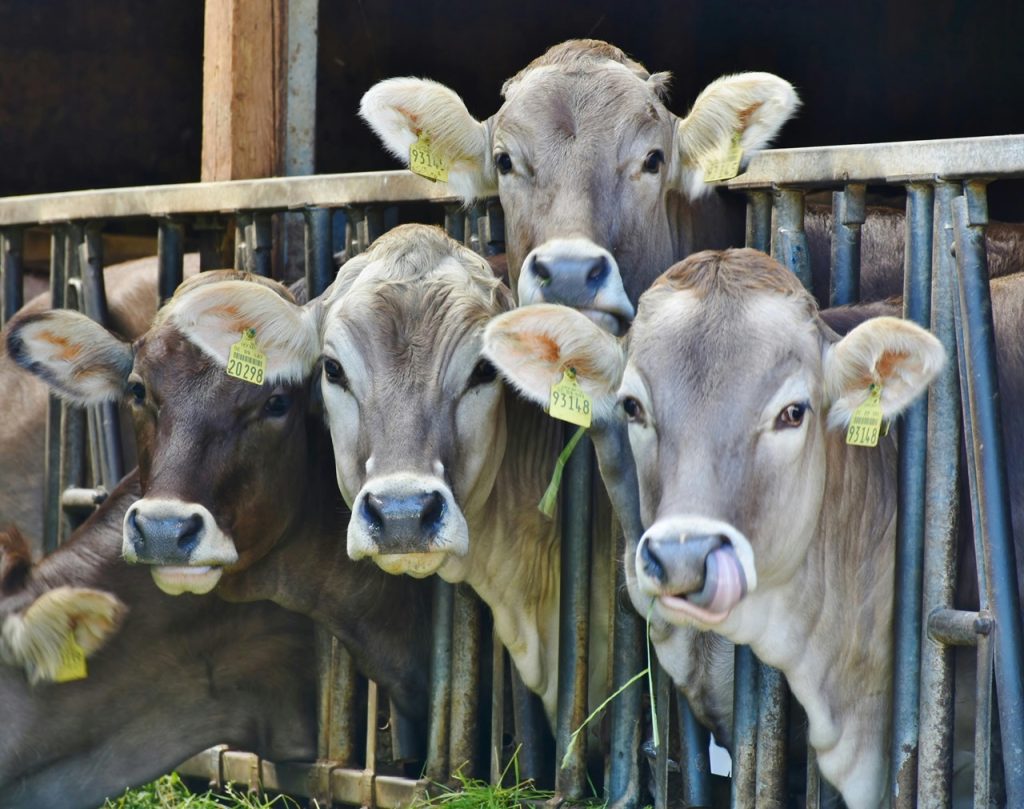With the latest case of Highly Pathogenic Avian Influenza (HPAI) detected in a herd of dairy cattle in Sioux County, the Iowa Department of Agriculture and Land Stewardship is seeking help from the USDA to aid affected dairy and poultry farmers and to assist in disease research and response.
“Highly Pathogenic Avian Influenza continues to pose a significant threat to our livestock and the livelihoods of the farmers that care for them. To better prepare and respond to this challenge, the Department is taking additional response measures and is making additional resource requests of USDA in order to support this ongoing and collaborative effort,” said Iowa Secretary of Agriculture Mike Naig.
“Our team remains in daily communication with USDA, other states, farm organizations and industry stakeholders and we will be continually evaluating our response steps as new information arises. This is going to take the entire agricultural community working together because we all have a stake in protecting the herds and flocks of Iowa,” he added.
Request for Additional USDA Resources
Secretary Naig is requesting resources from the USDA that will support impacted poultry and dairy farmers and boost state response efforts, including the following:
For farmers:
- Provide compensation for cull dairy cattle at fair market value.
- Provide compensation for lost milk production at a minimum of 90% of fair market value.
- Revise poultry indemnity tables to better reflect the fair market value of the impacted birds and/or eggs.
- Present a streamlined and timely process for farmers to be compensated for lost production and to receive indemnity.
For state response efforts:
- Authorize additional epidemiological strike teams to assist with both poultry and dairy in Iowa.
- Provide additional USDA Wildlife Services personnel to assist in the surveying of disease in wildlife around Iowa poultry and dairy facilities.
- Accelerate funding for research to strengthen and enhance producer mitigation strategies.
New research tool offers cost and time savings for Avian Flu detection
In response to growing concerns, Coralville-based Integrated DNA Technologies (IDT) recently launched the Avian Influenza Type A (H5) Primers and Probe Set to enable researchers to identify, target, and trace the presence of particular organisms in the H5N1 virus across bird, environmental, dairy cow, and poultry farm samples. Additionally, it has also made an Avian Influenza Positive Sample Control available for purchase.
“IDT is proud to leverage its track record in viral surveillance and response to be a trusted partner for researchers looking to understand, monitor, and control the spread of Avian flu,” said Demaris Mills, president of IDT.
“As one of the first to market a differentiated offering for the current clade of the H5N1 virus, we have designed a much-needed solution to aid avian influenza research, surveillance, vaccine development, and public health preparedness efforts, ultimately contributing to U.S. and worldwide initiatives focused on early detection and mitigation of future outbreaks,” she added.
The kit is compatible with IDT’s PrimeTime 1-Step 4X Broad-Range qPCR Master Mix, which allows for the direct amplification of crude samples, eliminating the need for time-consuming and costly extractions from viral transport media before amplification.
The one-step Master Mix saves researchers time, costs, and features an exclusive mutant enzyme designed for viral research, a news release stated.
To order the Avian Influenza Type A (H5) Primers and Probe Set, visit www.idtdna.com/AvianFlu. For additional product information and to download the Avian Influenza Type A (H5) Primers and Probe Set protocol, visit https://www.idtdna.com/pages/products/qpcr-and-pcr/avian-influenza-type-a-(h5)-primers-and-probe-set.
Safety protocols updated, new requirements considered for fair season
The Iowa Department of Agriculture and Land Stewardship has strongly urged dairy farmers and poultry producers to incorporate thorough biosecurity protocols on their farms.
As a precautionary measure, the department is updating existing testing protocols to include testing of dairy farms around infected poultry sites. While this protocol has long been in place for poultry, the department says, the requirement will improve understanding of the virus’s potential spread and enable the Department to boost its response capabilities.
“Because there is no concern about the safety of pasteurized milk or dairy products, no restrictions on the shipment of milk are planned,” the department stated in a news release. “No intrastate movement restrictions are being placed on dairy cattle at this time. USDA’s federal order regulating the interstate movement of lactating dairy cattle remains in effect.”
With the fair and exhibition season quickly approaching, additional requirements for exhibition participants are being considered, though none have been listed so far.
The department recommends that veterinarians, poultry producers with sick birds or dairy farmers seeing unusual or suspicious illnesses in cattle should report them to the Department at 515-281-5305. A list of symptoms can be found on the Department’s website, and biosecurity recommendations and resources for dairy herds, poultry producers and livestock farms to reference on its website.








